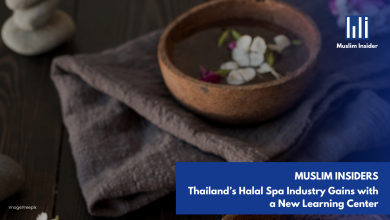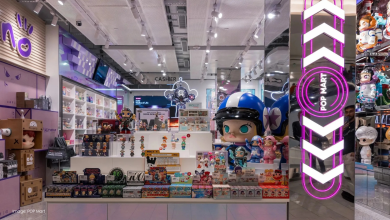
South Korea is one of the top destinations globally, especially in East Asia. More tourists are choosing the country as their top destination due to Korean wave sensations like the world-renowned Korean cuisine, K-beauty, and global K-pop phenomenon.
In 2023, South Korea attracted over 11 million international tourists, marking a 255% increase from the previous year, with only 3.2 million due to the pandemic. While tourism significantly rebounded, the numbers were still far below the pre-pandemic peak of 17.5 million visitors in 2019, according to Road Genius recently.
With a significant amount of tourists, this boosts their contribution, employment, and visitor spending every year. In 2024 this year, the country is expected to gain a 13.6% year-on-year increase, according to the World Travel & Tourism Council.
While this has boosted growth in the country in many aspects, this has contributed to overtourism, where a place has become overpopulated with tourists, causing a negative effect on the place visited.
Some of the negative impacts include overcrowding that causes invasion of privacy, harm to the environment, abuse and degradation of cultural sites. It also impacts the residents there, who are experiencing discomfort and cannot go on with their daily lives normally.
Not only does it cause pollution to the environment but it also inflates prices like rents and goods to gain profit from tourists. As a result, the residents are even considering moving out, as it does not feel like home, where the surroundings are quieter and calmer.
How do they manage overtourism?
In South Korea, some regions have an excessive amount of tourists due to their cultural, historical, natural, or modern attractions. Regions like their capital city Seoul, particularly areas like Bukchon Hanok Village, Insadong, Myeongdong, Gangnam, and Namsan, are the most popular tourist attractions. Other regions like Jeju Island, Gyeongju, Busan, and popular mountain destinations like Seoraksan and Bukhansan are included.
Color codes to control crowd
Ongno-gu (often spelled Jongno-gu), which oversees the Bukchon Hanok Village area in Seoul, was the first district in South Korea to designate the village as a special management zone to address overtourism, according to the Chosun Daily.
The region has been divided into three color codes to manage crowds and increase comfort and privacy for residents in highly populated areas. This would include such things as visitor hours and vehicle restrictions. Currently is the grace period, which started in October 2024, and full enforcement of these rules will begin in March 2025 to let everyone adjust to changes.
Promote visiting during less busy months
Korean authorities promote off-peak travel to reduce the pressure on popular tourist destinations during peak seasons. For example, visitors are encouraged to visit Jeju Island during less busy months, such as winter or early spring, rather than during the summer or fall seasons. This provides a win-win situation for both tourists and locals.
The Korea Tourism Organization has also been involved in spreading awareness about regional travel through promotional campaigns like “Feel the Rhythm of Korea,” which showcases various cities in South Korea, encouraging visitors to explore less congested locations.
Limit access to popular sites
South Korea limits access to popular sites through measures such as reservation systems, visitor caps, and timed entry to prevent overcrowding and protect cultural and natural heritage. Sites like Seoraksan and Bukchon Hanok Village enforce reservation-only access for specific trails or areas, while restrictions on tour buses and large groups help reduce congestion. During peak seasons, certain sites may limit the number of visitors or introduce higher entry fees to manage the flow of tourists.
Conclusions
South Korea’s growth as a top tourist destination, driven by the Korean Wave, has led to both economic benefits and challenges related to overtourism. To address these issues, the country has implemented measures to balance visitor enjoyment with the well-being of local communities.
The color-coded crowd control system in Bukchon Hanok Village, alongside off-peak travel promotion, aims to balance tourism and local residents’ needs. By promoting responsible tourism and encouraging exploration of less crowded areas, the country aims to preserve its cultural heritage and improve residents’ quality of life.




